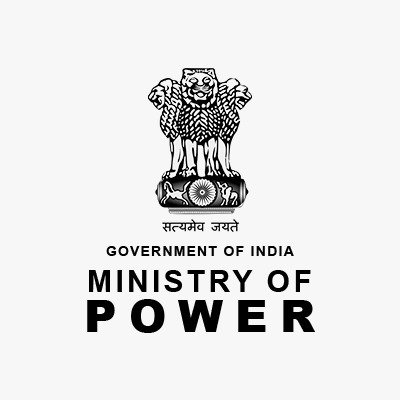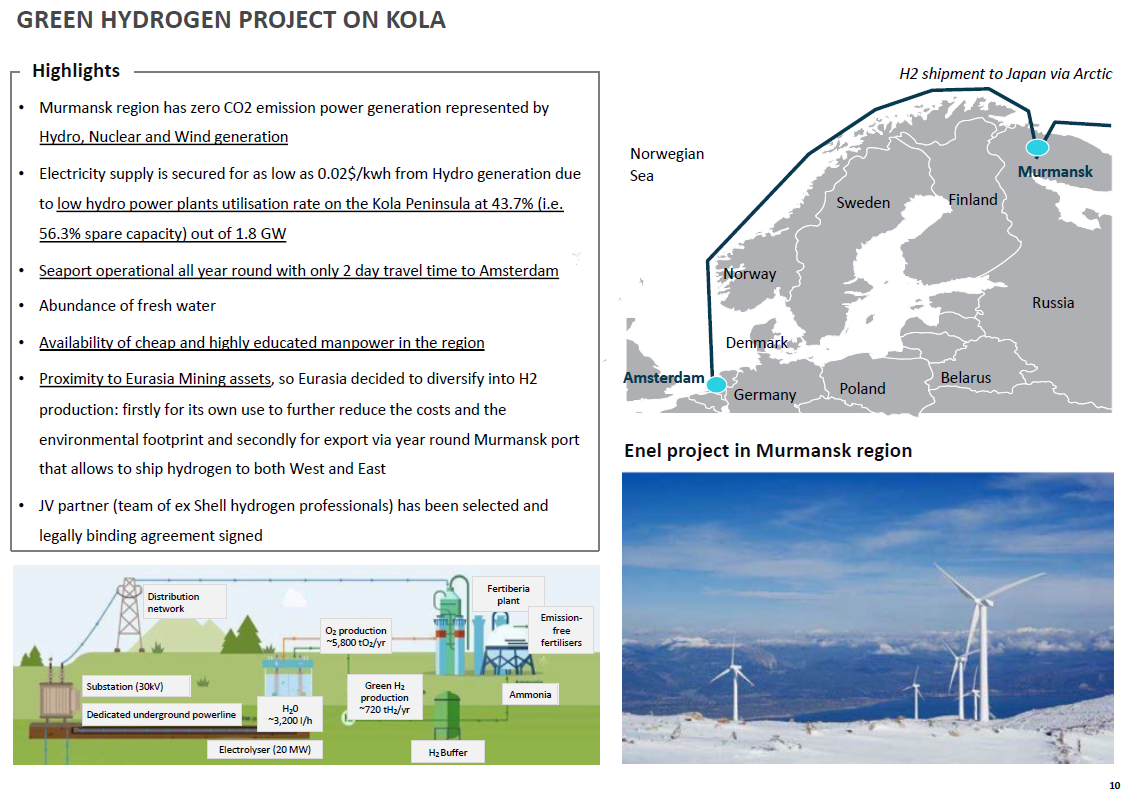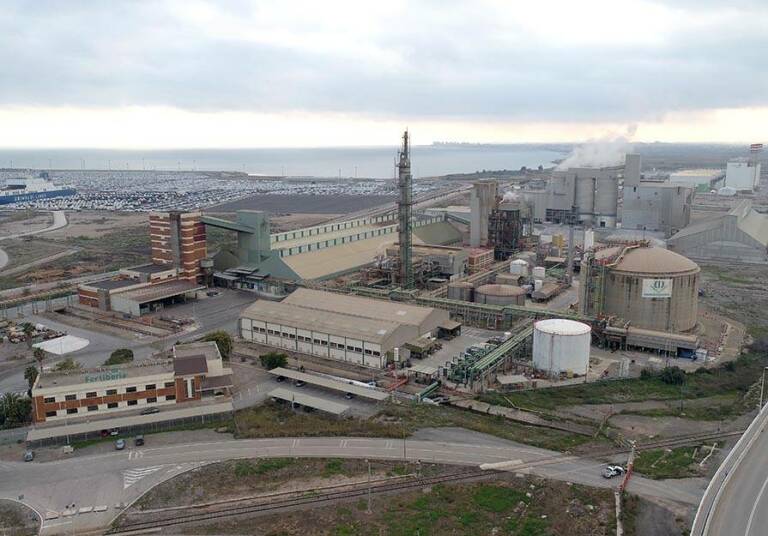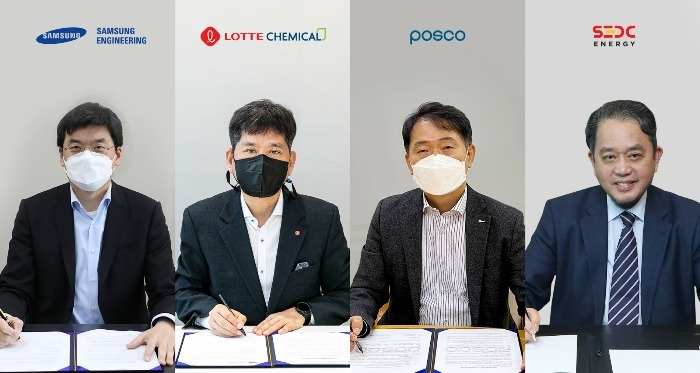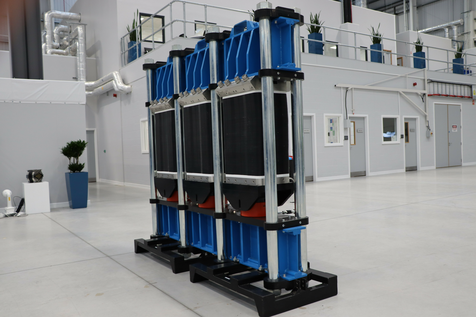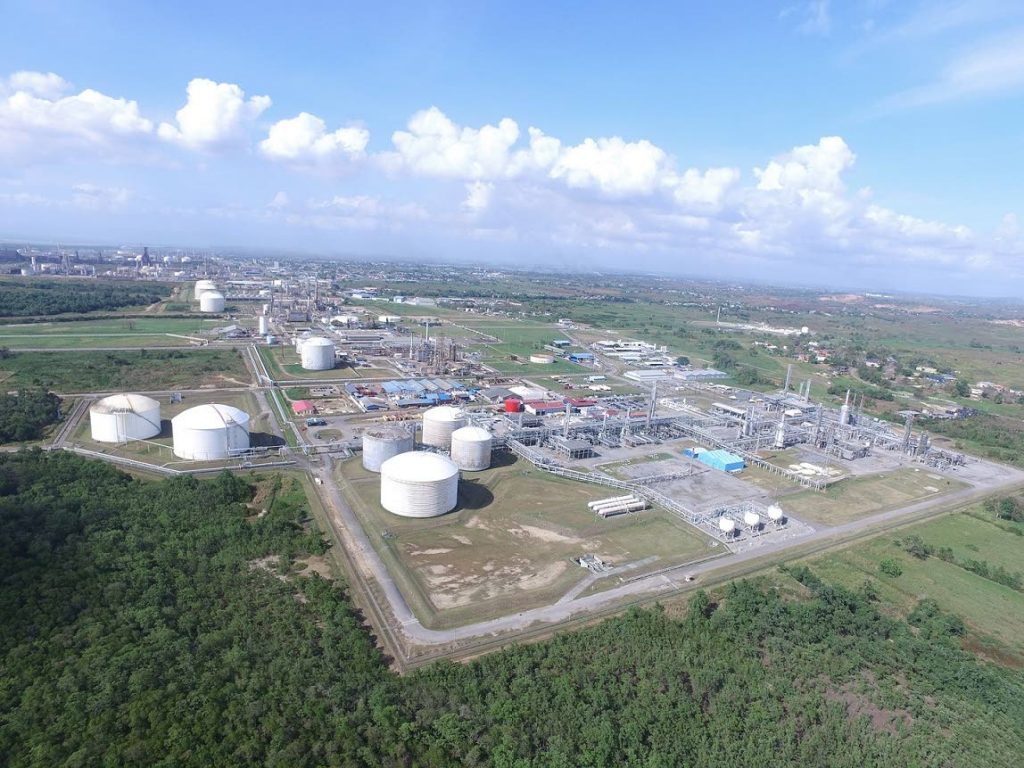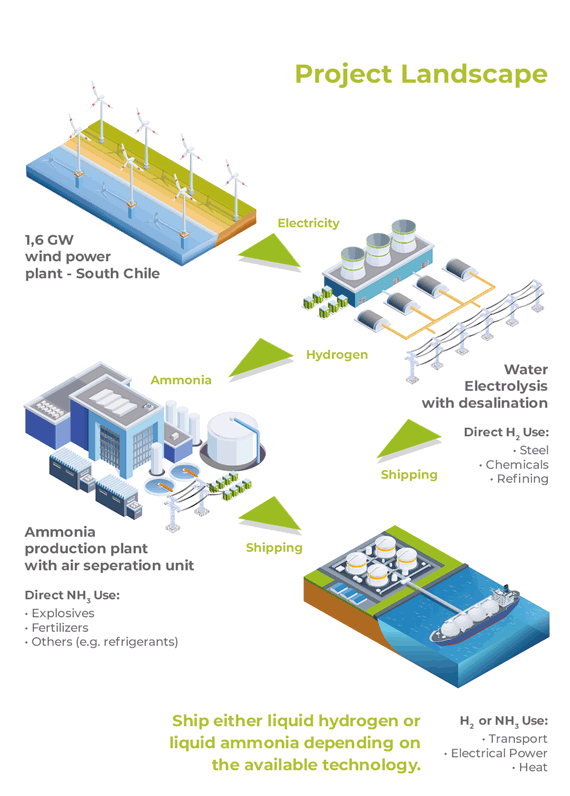Ammonia a key feature of India's new green hydrogen policy
The overall goal of reaching production levels of 5 million tonnes of green hydrogen per year is driven by the government's desire to reduce the country's reliance on energy imports. Hydrogen & ammonia are the keys to unlocking this new, fossil-free future.
